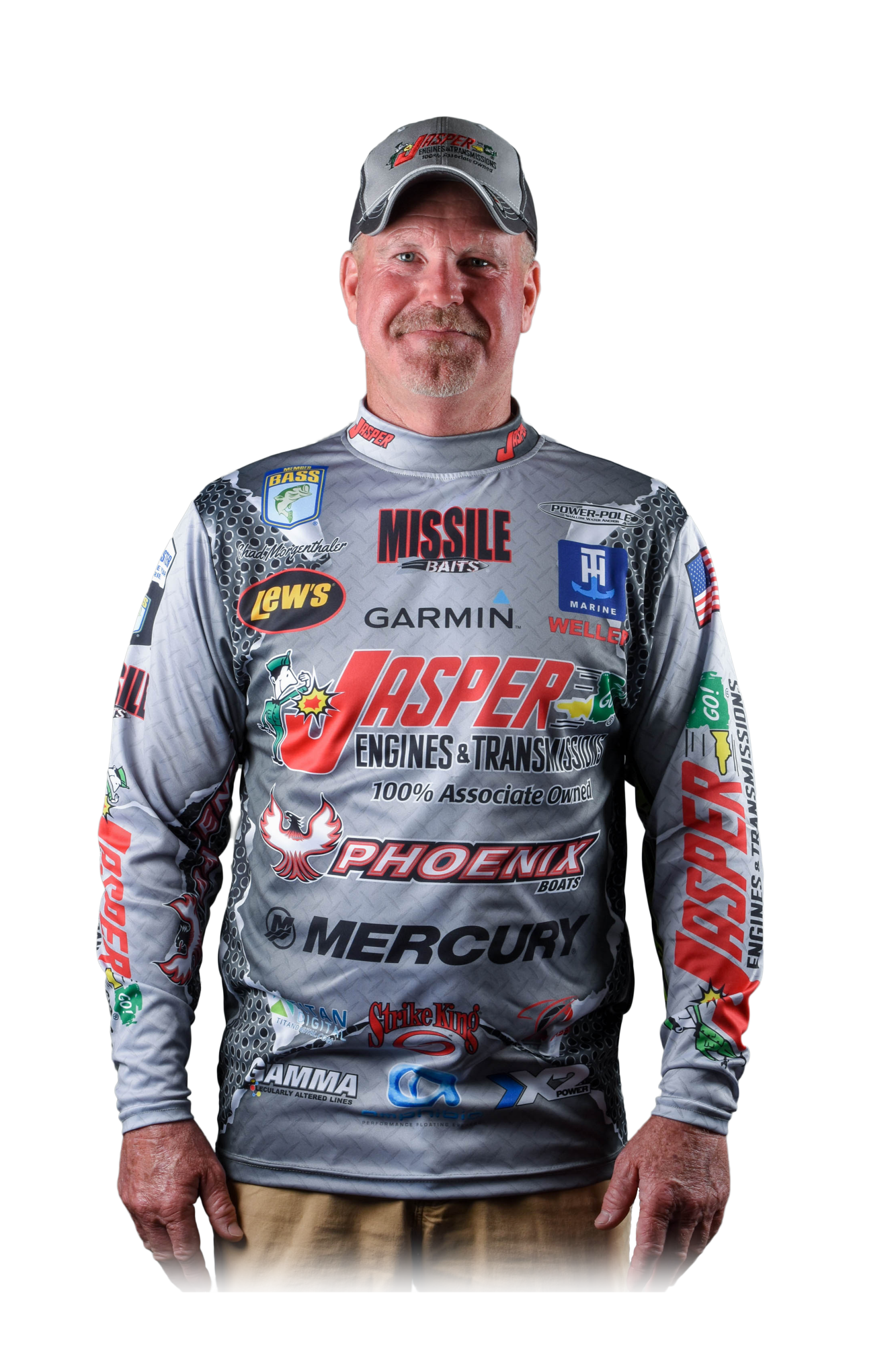
It seems like the tumultuous 2020 Bassmaster Elite Series season ended yesterday, and we’re already off and running for 2021. That means we had to use our “downtime” wisely because if you blinked it meant you’d miss an opportunity or put yourself behind the eight ball.
As I looked at this year’s schedule, I realized that barring a complete reshuffle like last season there would be a few key events and fisheries where I’d need to brush up. I’m typically not big on pre-practice because I feel that it can get you locked into yesterday’s patterns, but there are times when it can help you significantly. One of the keys to Elite success is avoiding disasters. In 2020 I had two of them, on the St. Johns, where I pre-practiced, and on Eufaula, where I did not. The difference between the two is that at Eufaula I never really managed to dial anything in, while at the St. Johns I had the bites to do really well and just didn’t execute.
At the St. Johns, my scouting could have helped me, but not in the way I expected it would. I spent lots of time before the cutoff looking at offshore structure, current breaks and shell beds. Once I arrived I knew where those places were. I could drive right to them, and in practice I quickly eliminated them. It shortened my learning curve and allowed me to move onto something else. That’s essential on large bodies of water where multiple patterns can come into play.
The first venue that I knew I had to visit this season was the Tennessee River in Knoxville. It’s been a long time since I’ve been there, and I’ve never been there in February, when we’ll essentially still be in a wintertime pattern. I’m headed there now, before it goes off limits. The second one that’ll require a special trip is Ray Roberts, where we’ll fish the Classic in June. I’ll head there in the break in the schedule in March when I head home. That’ll work well from a travel perspective, keeping costs low, and at the very least I’ll learn how to run it from one end to the other.
During those scouting sessions, I’ll fish a little just to break up the monotony. I’ve done this long enough that I’ve learned to enjoy looking around almost as much as catching them, especially because I know that in the long-term it’ll be more beneficial. I’d guess that’ll take up about 10% of my time. The other 90% will be split evenly among: (1) learning to navigate and looking at visible cover while doing that; (2) graphing in the mid-depth ranges, from 2 to 10 feet, which is often the hardest stuff to find; and (3) identifying key deeper areas in case that bite comes into play.
After a body of water goes off limits, the “practice” doesn’t stop. Depending on where it is and what kind of fishery it is, I can watch the weather and the generation schedule, but as tightly-packed as we’ll be this spring I have to keep my focus on what’s coming up next. I can’t be thinking about Ray Roberts when we’re at the Sabine River or Neely Henry. That’s self-defeating.
Some anglers in our field are gifted to the point that they typically find a solid population of fish on the first day of practice. Occasionally that can hurt them because that bite changes by the time the tournament starts, but often they can adjust along with the fish. For better or for worse, I’m a slow learner, so I need all of my practice time to figure things out.
That’s why pre-practice can help – I can work on navigation and understanding where the key areas are and spend all of my official practice fishing in the moment.

